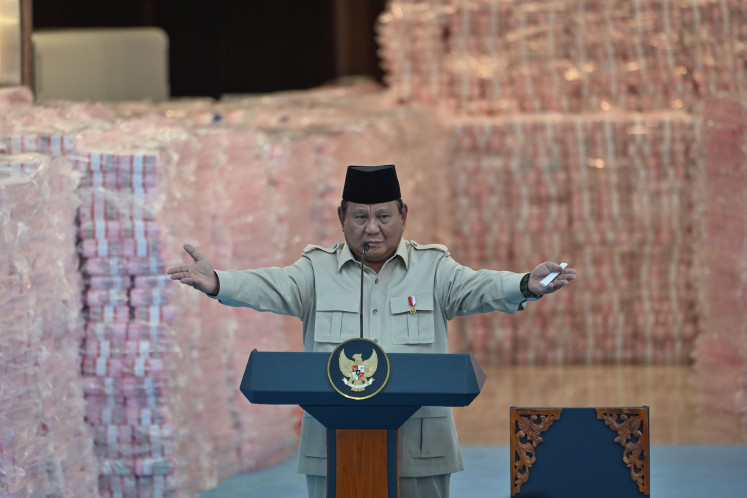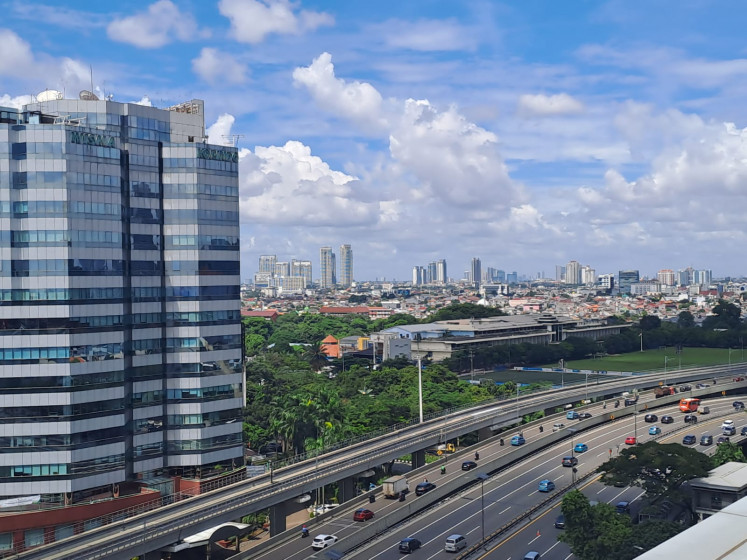Popular Reads
Top Results
Can't find what you're looking for?
View all search resultsPopular Reads
Top Results
Can't find what you're looking for?
View all search resultsExport recovery and government reform for Indonesia's future
Indonesia must capitalize on the recent PMI recovery toward manufacturing exports and the omnibus law toward structural reform for improved competitiveness and country attractiveness in the global market.
Change text size
Gift Premium Articles
to Anyone
T
he global economy has recovered from the rock-bottom level it reached last year. If we look at two main indicators for global recovery, the Purchasing Managers’ Index (PMI) and global export performance, both recorded a continued upward trend.
As per end March, most countries have reached a level above the PMI threshold of 50, indicating that the manufacturing sector started growing in the second half of 2020. The figures are in line with the PMI trajectory in Japan, one of Indonesia’s major export destinations.
PMI recovery has had a positive impact on the export performance of emerging markets with the trajectory headed northward. India and Indonesia showed significant improvements from rock-bottom levels, while China has emerged as a major driver of trade recovery, as it was relatively unaffected compared to other countries in terms of export growth.
As a result of the improvements in Indonesia’s major trade partners, commodity prices recovered from the deep contraction in the first half of 2020, with the rebound driving improvements in export performance.
Export value reached $15.27 billion in February, up 8.56 percent year-on-year (yoy) compared to 12.24 percent yoy in January. The annual increase was due mostly to the relatively higher global commodity prices as export volume reportedly shrank. To be more specific, agriculture exports grew 3.16 percent yoy while mineral exports grew 7.53 percent yoy.
The top three non-oil and gas export commodities generally increased in value. The export value of mineral fuels (HS 27) and iron and steel (HS 72) showed a month-on-month (mom) hike of respectively 4.92 percent and 24.20 percent. The current top five contributors to Indonesian exports are vegetable oils, mineral fuels, iron and steel, electrical machinery and rubber, together contributing 46 percent of total exports.
Commodity prices generally moved in line with global liquidity and will thus stay high if the United States Federal Reserve keeps pumping massive stimulus into its economy. Based on the latest statement from the Federal Open Market Committee (FOMC), it is unlikely that stimulus tapering will occur this year.


















